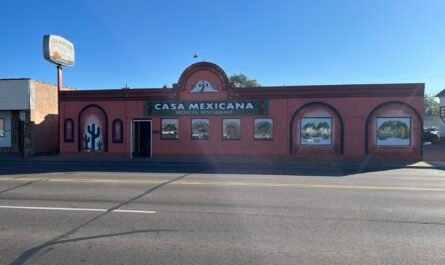If you eat out long enough, odds are you will get sick at least once. In one small poll on this topic, most people admitted they had. That is no surprise. The United States has had some of the worst restaurant food poisoning outbreaks and other restaurant disasters in modern history.
The counterintuitive part: some of the most dangerous meals were not greasy burgers but “healthy food” add-ons—lettuce, sprouts, and green onions. The garnish on the side often turned out to be riskier than the meat in the middle.
This timeline starts in Michigan with the 1977 Trini and Carmen’s botulism outbreak and runs through national cases that reshaped food safety rules and shut down entire chains.
1977: Trini & Carmen’s Botulism Outbreak in Pontiac, Michigan
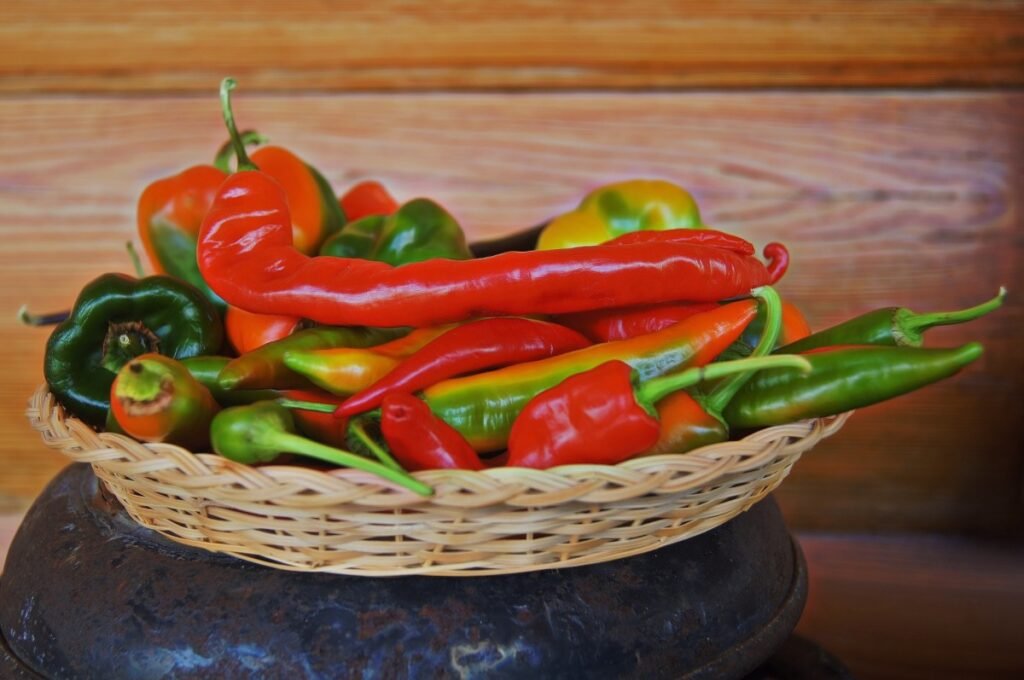
In March and April 1977, customers at Trini & Carmen’s, a popular Mexican restaurant in Pontiac, Michigan, started showing classic botulism symptoms: blurred vision, slurred speech, and muscle weakness. Public health investigators traced the source to the restaurant’s hot sauce, made with home-canned jalapeño peppers.
By the end of the investigation, 59 people were confirmed ill, making it the largest restaurant-related botulism incident in U.S. history up to that time.
This 1977 Trini and Carmen’s botulism outbreak was unusual in another way: no one died, largely because doctors recognized the pattern early and antitoxin was available. It also sent a blunt message to restaurants and regulators—home-canned foods and commercial kitchens do not mix.
Trini & Carmen’s eventually reopened and still operates today, a reminder that even a place with loyal customers can end up at the center of a national scare.
1982: McDonald’s and the First Big E. Coli Warning

In 1982, a rare strain of E. coli—later known as O157:H7—sickened 47 people in two outbreaks linked to McDonald’s hamburgers in Oregon and Michigan.
At the time, the bacteria were so unfamiliar that standard lab tests often missed them. Doctors struggled to understand why people, including children, were developing bloody diarrhea and kidney damage. The outbreaks pushed federal agencies to recognize E. coli O157:H7 as a serious foodborne threat, especially in ground beef.
In hindsight, some food safety experts see these McDonald’s clusters as the missed early warning of the worst fast food E coli outbreaks that were still to come.
1992–1993: Jack in the Box and the Outbreak That Changed the Rules

The turning point came a decade later. In late 1992 and early 1993, undercooked Jack in the Box hamburgers contaminated with E. coli O157:H7 sickened at least 732 people in four Western states. Four children died, and more than 170 people were hospitalized.
The company had been selling a “Monster Burger” promoted with the line “so good it’s scary,” cooked to 140 degrees Fahrenheit—the old federal guideline. Washington state already required 155 degrees for ground beef, a standard that would have prevented the outbreak if it had been followed.
This remains one of the worst fast-food E coli outbreaks in U.S. history. It nearly destroyed the brand and led to a major shift in policy: federal cooking guidelines were tightened, E. coli O157:H7 was formally treated as an “adulterant” in ground beef, and testing programs expanded across the industry.
The lesson was brutal and simple—speed and marketing do not mean much when kids end up on dialysis.
1997: Burger King, Hudson Foods, and a 25-Million-Pound Recall
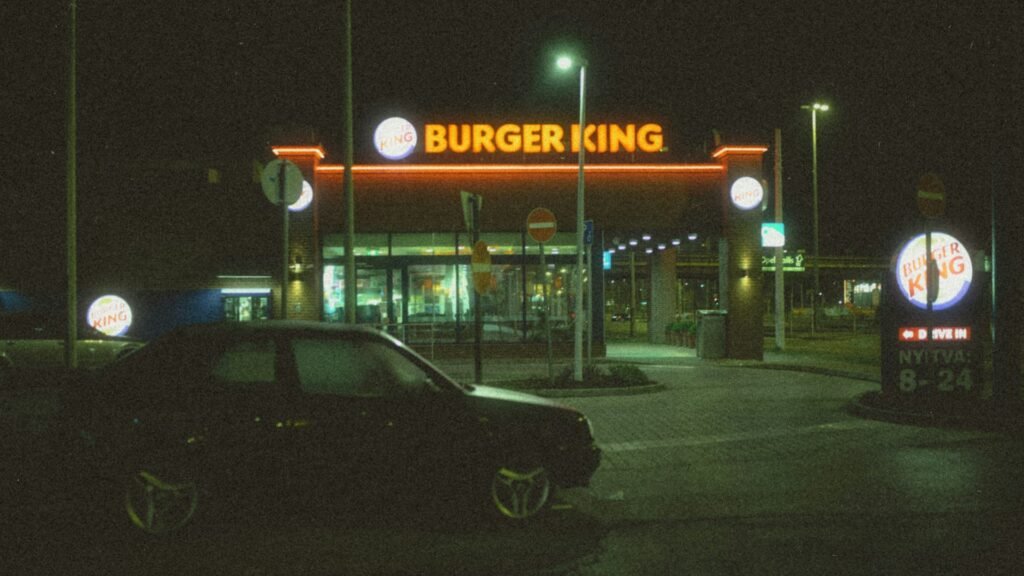
In 1997, Burger King faced its own crisis when beef supplied by Hudson Foods was linked to E. coli infections. The U.S. Department of Agriculture ultimately pushed a recall of 25 million pounds of ground beef, at the time the largest recall in U.S. history.
Burger King pulled hamburgers from about 650 of its 1,650 restaurants and temporarily served only chicken and fish in many locations.
The key point here: the contamination did not start at the restaurant. Investigators found that unprocessed meat was being carried over from one day to the next at the Hudson plant, breaking basic safety rules. The episode showed how chain restaurants can be hit hard by upstream failures they do not directly control.
1999: KFC Coleslaw and E. Coli in Cincinnati
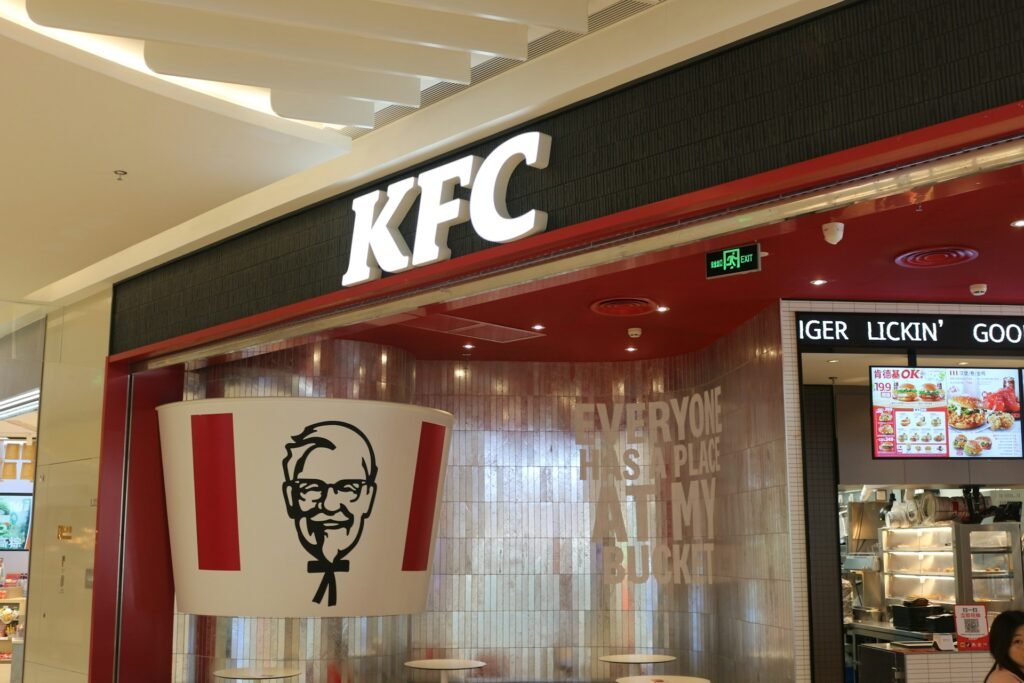
In 1999, E. coli showed up in an unlikely place—KFC coleslaw. At least 18 people became sick after eating at four KFC locations around Cincinnati, and 11 were hospitalized.
Investigators pointed to several food-handling mistakes: using outer cabbage leaves, not washing the heads properly, and chopping unwashed cabbage on dirty cutting boards.
This outbreak was a clear early sign that produce handled carelessly in a restaurant kitchen could carry the same risks as undercooked meat.
2000: Sizzler, Watermelon, and Deadly Cross-Contamination

In July 2000, two Sizzler restaurants in the Milwaukee area became the source of a serious E. coli O157:H7 outbreak. Raw sirloin tri-tips contaminated fresh watermelon at the salad bar, causing at least 56–150 infections depending on how cases are counted.
A three-year-old girl, Brianna Kriefall, died after eating the watermelon. Her family later reached a $13.5 million settlement with the meat supplier and other parties.
The chain survived but never fully recovered its earlier status. For regulators and trial lawyers, the Sizzler incident became a textbook example of what happens when raw meat and ready-to-eat food share the same space.
2003: Chi-Chi’s Hepatitis A Green Onion Outbreak
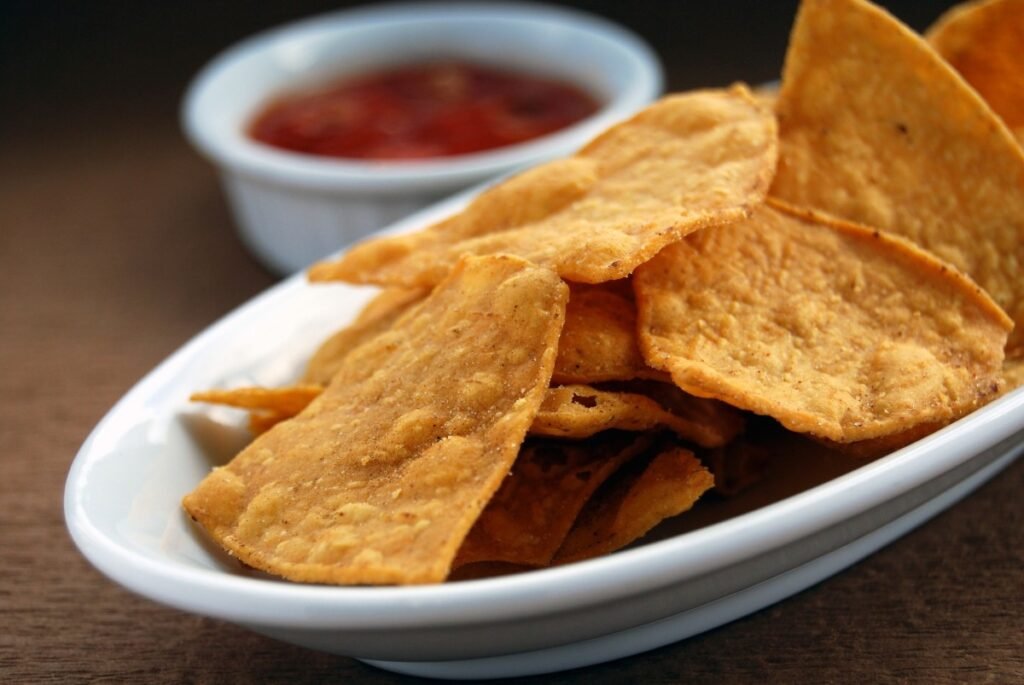
In 2003, a Chi-Chi’s restaurant at the Beaver Valley Mall in Monaca, Pennsylvania, became the site of the largest restaurant-related hepatitis A outbreak ever recorded in the United States. The Chi-Chi’s hepatitis A green onion outbreak sickened about 650 people, hospitalized hundreds, and led to four deaths.
The source: uncooked green onions imported from farms in Mexico, chopped and used in salsa and chili con queso. Thousands of people who had eaten at the restaurant lined up for immune globulin shots and post-exposure treatment.
Chi-Chi’s had already filed for bankruptcy protection by the time the outbreak hit. Lawsuits and the reputational damage helped push the chain out of the U.S. restaurant market entirely.
Again, the counterintuitive theme shows up—the biggest threat to diners was not the enchilada platter but the raw garnish scattered on top.
2006: Lettuce Problems at Wendy’s and Taco Bell
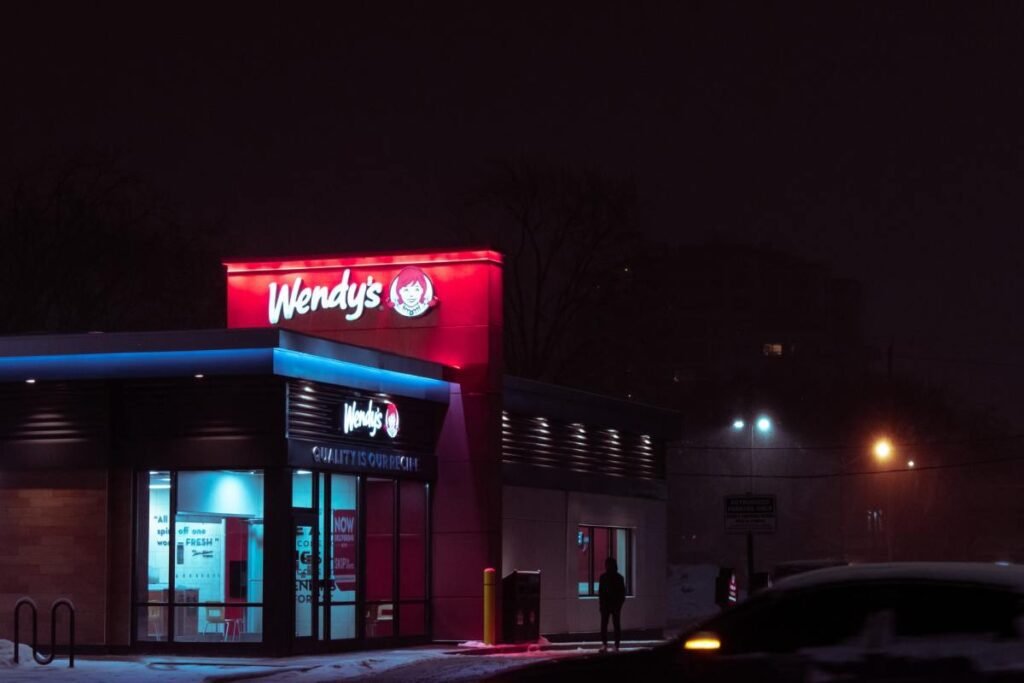
By the mid-2000s, leafy greens joined the list of repeat offenders. In June 2006, iceberg lettuce served by a Wendy’s in North Ogden, Utah, was tied to an outbreak of E. coli O121:H19. Four people were confirmed ill; three developed hemolytic uremic syndrome, a form of kidney failure.
More than 300 people at a teachers’ conference were exposed to the contaminated lettuce. Many had thought salad was the “safe” thing to eat.
Later that year, Taco Bell faced a larger E. coli O157:H7 outbreak in the Northeast. At least 71 people in five states became sick, 53 were hospitalized, and eight developed kidney failure. Investigators pointed to shredded lettuce, likely from California, as the source.
These events pushed regulators and buyers to put more pressure on produce growers, not just meat packers. They also showed that some of the worst fast food E coli outbreaks could start in fields, not feedlots.
Jimmy John’s: A Long Record of Sprouts and Illness
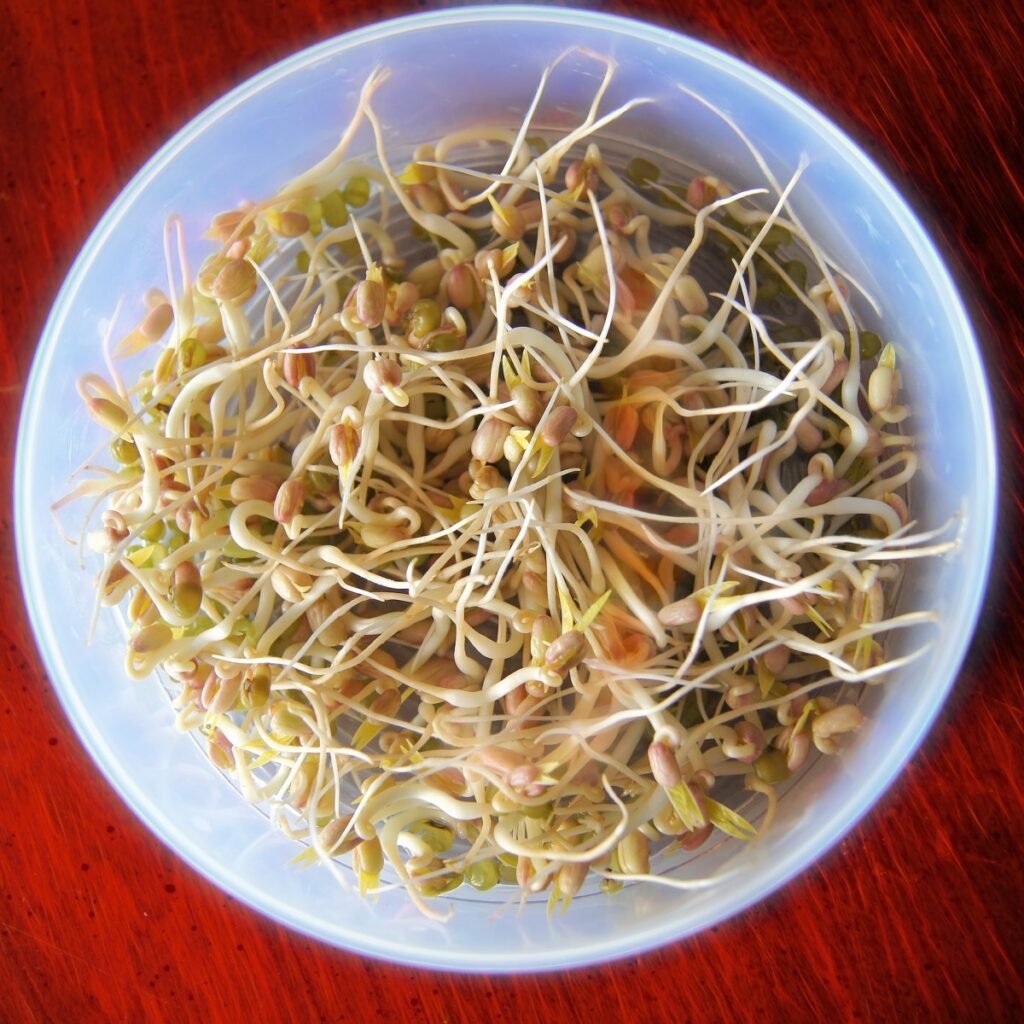
The Jimmy John’s sprouts food poisoning cases might not match Jack in the Box in raw numbers at a single moment, but the pattern is striking. Since 2008, multiple outbreaks have been tied to raw sprouts served on Jimmy John’s sandwiches.
In 2008, at least 19 people in Colorado were infected with E. coli after eating alfalfa sprouts from the chain.
In 2010, 140 people were sickened in a multistate Salmonella outbreak linked to alfalfa sprouts, including Jimmy John’s customers in Illinois.
In late 2011 and early 2012, raw clover sprouts on Jimmy John’s sandwiches were tied to an E. coli O26 outbreak that sickened 29 people in 11 states.
One legal analysis tallied 452 people sickened by Jimmy John’s sprouts between 2008 and 2014, most from Salmonella Montevideo.
By 2020, the FDA had issued a formal warning letter accusing Jimmy John’s of a pattern of selling “adulterated” produce, especially clover sprouts and cucumbers, tied to repeated outbreaks.
The counterintuitive truth for diners is harsh: the healthier your sandwich looks, the more careful you need to be about raw sprouts.
What Has Changed—and What Has Not
These outbreaks forced real changes:
- Cooking standards for ground beef were raised after Jack in the Box, ending pink burgers at major chains.
- Inspection and recall powers expanded after the Hudson Foods and Sizzler cases.
- Produce safety rules tightened after the Chi-Chi’s hepatitis A green onion outbreak and repeated lettuce incidents, feeding into the Food Safety Modernization Act in 2011.
- Sprouts and leafy greens now sit near the top of risk lists in many public health reviews.
Yet outbreaks keep happening. As recently as 2024, a McDonald’s Quarter Pounder E. coli outbreak tied to slivered onions caused more than 100 illnesses and one death across 14 states, including Michigan.
For diners, the practical steps are boring but useful:
- Pay attention to public health alerts and recalls.
- Be cautious about raw sprouts and underwashed raw garnishes.
- Do not ignore serious stomach symptoms after eating out, especially if there is blood in the stool or signs of dehydration.
- Report suspected food poisoning to your local health department; those calls are often how these cases are caught.
The story that runs through the 1977 Trini and Carmen’s botulism outbreak, the worst fast food E coli outbreaks, the Chi-Chi’s hepatitis A green onion outbreak, and the Jimmy John’s sprouts food poisoning cases is straightforward. Systems improve only after people get hurt, and the pressure from regulators, trial lawyers, and the public forces companies to change.
Until that cycle breaks, “eating out” will always carry a little more risk than most restaurant ads are willing to admit.
Sources for worst restaurant food poisoning outbreaks
“1977: Trini & Carmen’s Hot Sauce.” Healthline, 2016.
“Botulism Type B: Epidemiologic Aspects of an Extensive Outbreak.” American Journal of Epidemiology, 1978.
“1977 – Worst Outbreak of Botulism in Nation’s History.” Michigan State University Archives.
Rangel, J. M., et al. “Epidemiology of Escherichia coli O157:H7 Outbreaks.” Emerging Infectious Diseases, 2005.
“1992–1993 Jack in the Box E. coli Outbreak.” Wikipedia.
“Hudson Foods Indicted Over Recall.” CBS News, 16 Dec. 1998.
“Chi-Chi’s Hepatitis A Outbreak Lawsuits.” Marler Clark.
“Multistate Outbreak of E. coli O157 Infections Linked to Taco Bell.” Centers for Disease Control and Prevention, Dec. 2006.
“2006 Wendy’s E. coli O121:H19 Outbreak.” Outbreak Database.
“FDA Warns Jimmy John’s and Sprouts Unlimited After Outbreak.” U.S. Food and Drug Administration, 25 Feb. 2020.
“E. coli Outbreak Tied to McDonald’s Quarter Pounders Has Ended, CDC Says.” Reuters, 3 Dec. 2024.




